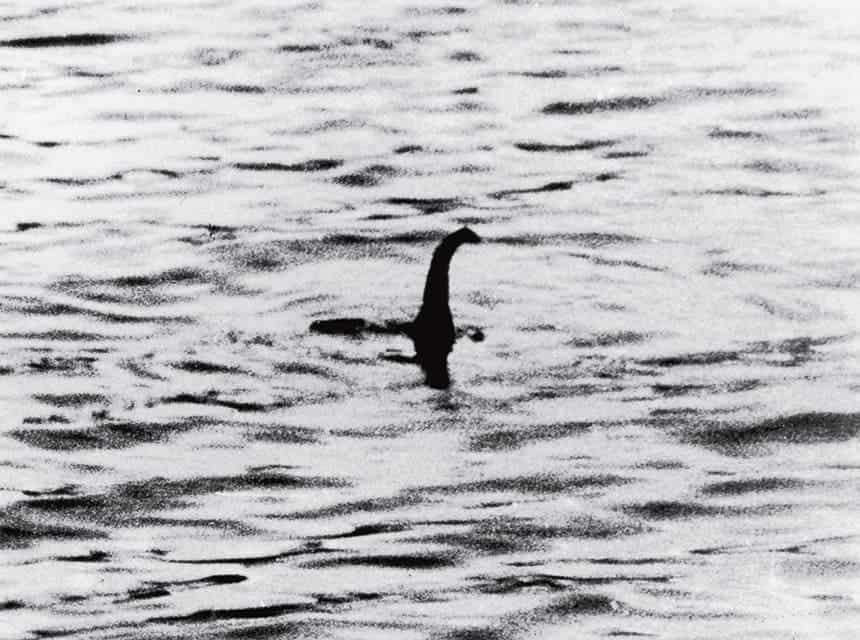A new study performed by British researchers cautions conservationists to be very mindful of local traditions and myths if they’re to be successful. According to their analysis, there is much to gain if researchers and policy makers acknowledge people’s spiritual, magical, and cultural beliefs instead of shunning them as irrational behavior.

The eyes of death
One prime example where mythical beasts intersect with vulnerable species is Madagascar. In many respects, some native communities continue to live as they did for centuries, including old customs and traditional beliefs.
An influential part of Malagasy life are the local taboos or fadys. Sometimes these fadys can help protect local wildlife, whereas other times these can put pressure on endangered species.
For instance, local Malagasy people believe the critically endangered radiated tortoise (Astrochelys radiata) is sacred. They simply refuse to touch the animal that has a high-domed shell, a blunt head, and elephantine feet, out of fear of spiritual retribution. Oddly, though, the locals will not intervene when foreigners harm or move the tortoises as they believe these ‘outsiders’ are not bound by the same rules. So, it’s a pretty straightforward example where magical thinking both directly and indirectly influences how species fair in a habitat.
Another worthy example, staying in the same Madagascar, is the fady surrounding the aye-aye (Daubentonia madagascariensis). The Malagasy believe this rather cute and adorable primate is the impersonation of evil. Simply spotting an aye-aye is thought of as a sure sign of death or sickness for someone in the village.

Legend has it, the aye-aye sneaks into homes and murders the occupants in their sleep with their long, slender middle finger. When the Malagasy spot an aye-aye, they usually do whatever’s in their best power to kill it. What’s more, the fady calls for the corpse of the aye-aye to be displayed on roadside poles in order to dispell the jinx.

“It is difficult to predict how magical creatures can affect conservation goals. There are examples of myths and superstitions seriously harming the survival of certain species, and examples where they actually help species to survive,” said lead author Dr George Holmes, from the School of Earth and Environment at Leeds, in a statement.
“Current views of magical animals within the field of conservation are inadequate, as they are unable to deal with what many would see as irrational beliefs and behaviours. What we need is a more interdisciplinary approach to conservation that helps us to understand the interactions between humans and both living and magical biodiversity.”
When magical thinking touches the lives of wildlife
Madagascar shows why understanding people’s magical beliefs needs to be seriously considered in order to protect the local wildlife. But Madagascar is far from being an outlier. Other examples abound, from places like Ethiopia or Tanzania to areas of the world where people usually think myths aren’t taken seriously, like Scottland. It is here that in 2015 alone, 350,000 people flocked to Loch Ness in the Scottish Highlands to get a glimpse of Nessie’s breeding ground. This translates to a lot of capital flowing into the local communities — restaurants, hotels, gifts shops etc. Some of this revenue has been drawn into conservation and management of the area.
In Ethiopia, spotted hyena numbers have been declining at alarming rates around urban areas. Away from cities, though, hyenas are revered, as natives believe they consume evil spirits with their cackles. As such, this seemingly naive thinking has genuinely helped support the hyena populations.
Elsewhere in Iceland, a proposed new highway that environmentalists claimed would disrupt wildlife was shut down by a 2013 court order. Apparently, the highway would have crossed the habitat of the Huldufólk –– Iceland’s mythical elves.
[ALSO SEE] Five common biology myths
The team concludes in its paper, published in the journal Oryx, that magical thinking shouldn’t be taken lightly. Ideally, more work will help conservationists identify where and how to work with the local community so wildlife might benefit from such traditional myths.
“We really need to open up a discussion about how fantastic beasts can affect our ability to conserve the natural world, because there are no simple cases. Conservationists ignore mythical creatures at the peril of both biodiversity and the local people that live near or within significant conservation sites,” said Co-author Dr Thomas Smith, from Cardiff University.
“Further research into the impact of magical creatures on conservation and local people is required if we are to effectively conserve the world’s endangered species,” he added.



